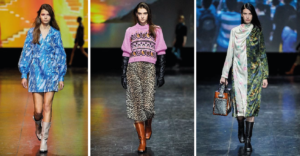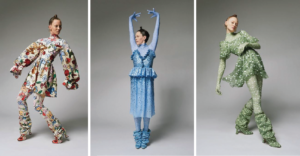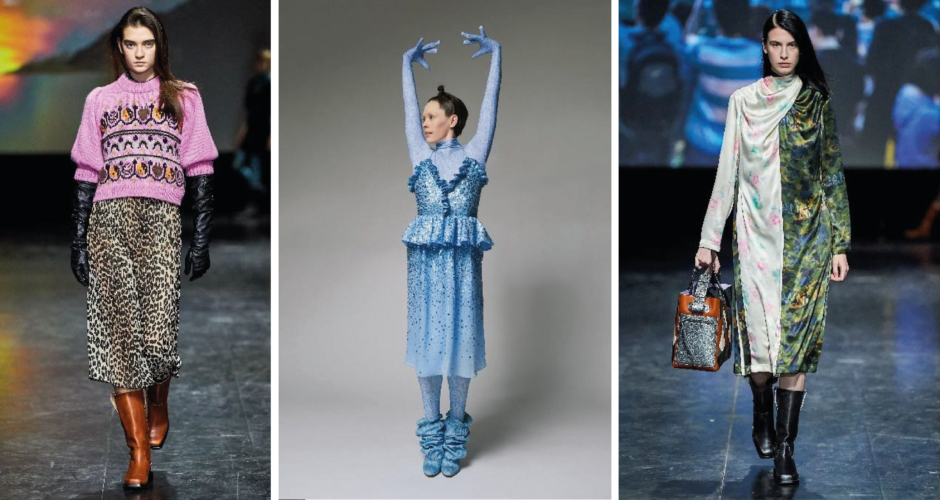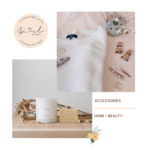When one thinks of fashion weeks and runway shows, what usually comes to mind is New York and Paris (at least for myself). However, another important fashion capital that should not be overlooked is Copenhagen.
As of late, I’ve been following some Instagram accounts that profile Scandinavian street style, in particular, Copenhagen, and I’ve fallen in love with what they bring to the table. Danish women do not shy away from incorporating exuberant colours and prints into their wardrobe and I love that. It is also important to note that Denmark is a major supporter of environmentally friendly endeavours and this is especially true when it comes to their fashion. In fact, a goal put forth by Cecilie Thorsmark, the CEO of Copenhagen Fashion Week, which ran from January 29 to February 1, was to make the four-day event the most sustainable international fashion week. Seeing as though sustainability is a way of life for the Danish, many brands were quick to align themselves with her ambitious objective.

Ganni A/W 2019
Ganni, Copenhagen’s breakout label and arguably the most well-known Danish brand in the contemporary landscape, illustrated their commitment to sustainability with their show “Life on Earth” in which models sauntered down a runway that had giant, bright screens portraying images from National Geographic as a backdrop. This ode to the planet could also be seen in the collection with pieces that gave the impression of a nomadic wanderer, including silk dresses with abstract prints, wide-legged trousers and chunky footwear. Ganni is upfront about their dedication to sustainability, feeling that it is a moral obligation that involves taking a holistic approach in which they pay close attention to the materials they source to make the clothing, the manufacturing process taking place in factories, as well as the effect the production of their apparel has on the environment. They partnered with Swedish Stockings for their fall collection to create all of their hosiery (socks, tights and leggings) from recycled materials. Since 2016, they’ve been mapping their carbon footprint and attempting to compensate for their CO2 emissions with carbon credits, essentially imposing a carbon tax on themselves.

Stine Goya A/W 2019
Stine Goya is another Danish brand who places sustainability high on the fashion agenda. Instead of presenting a ready-to-wear collection, a group of dancers emerged at the Royal Danish Library wearing colorful evening gowns with ruffles and sequins galore. The looks were all made from recycled materials such as hemp, organic silk, natural dyes and recycled sequins. Prints were created using digital printing which doesn’t require water for the application process. The main message of Goya’s show was to demonstrate the importance of sustainability and the possibilities in which it can be explored, which can even be extended to evening gowns.
Other honourable mentions include the Danish brand, By Malene Birger who launched a sustainable denim line with a supplier who is able to make a pair of jeans using one litre of water as opposed to 500 liters, the Swedish brand, Carin Rodebjer who utilized waxed cotton as an alternative to leather on trousers, shoes and handbags, and the Norway brand, Holzweiler who presented a collection that included scarves consisting of recycled cashmere and wool and puffers created from recycled plastic.
When it comes to sustainability, Copenhagen is no joke. According to Cecile Thorsmark, up to 50% of the 31 brands featured at Copenhagen Fashion Week this year are working with some aspect of sustainability. Their passion for finding environmentally friendly solutions in the fashion industry is nothing short of amazing and I hope they inspire other designers and international fashion weeks to model their initiative.





